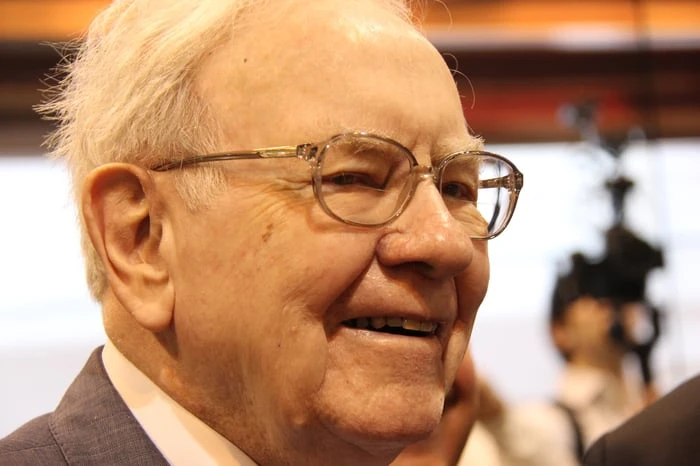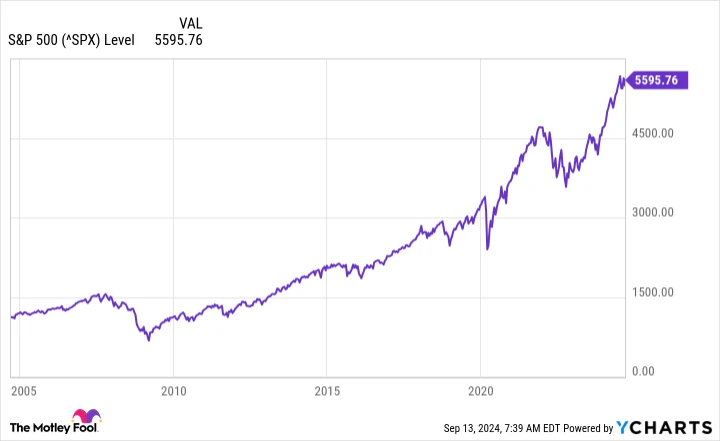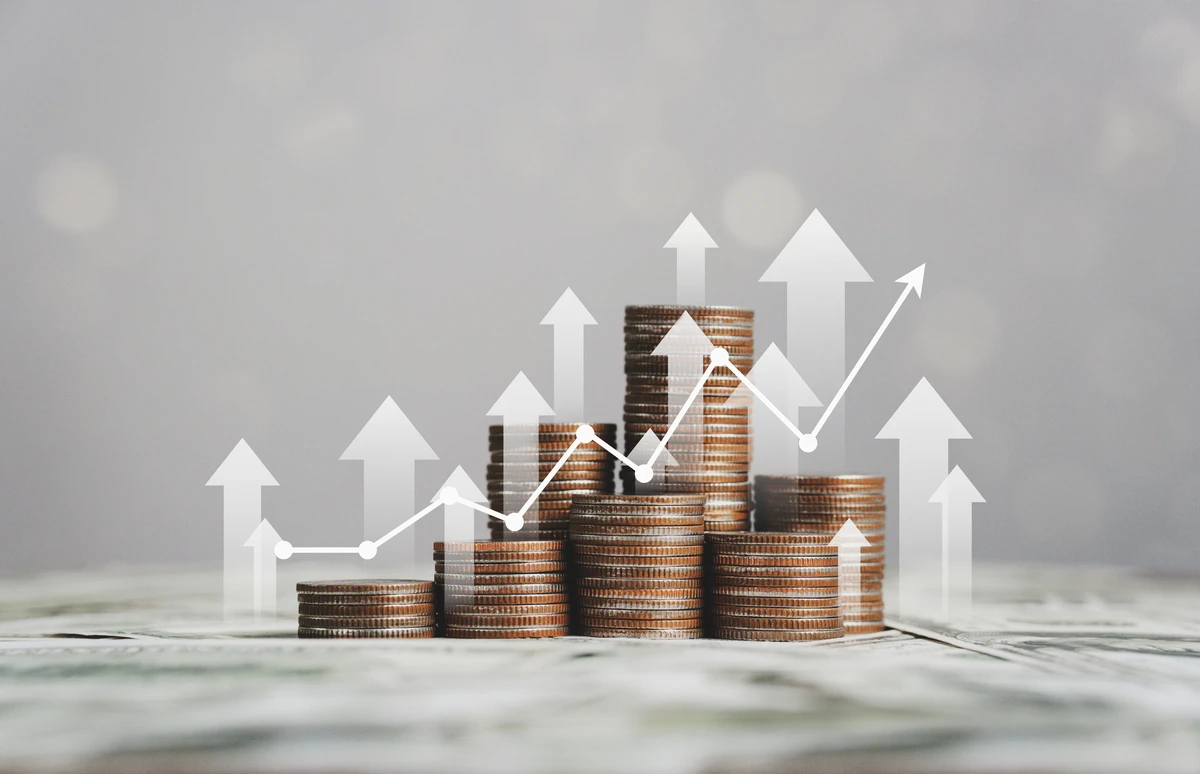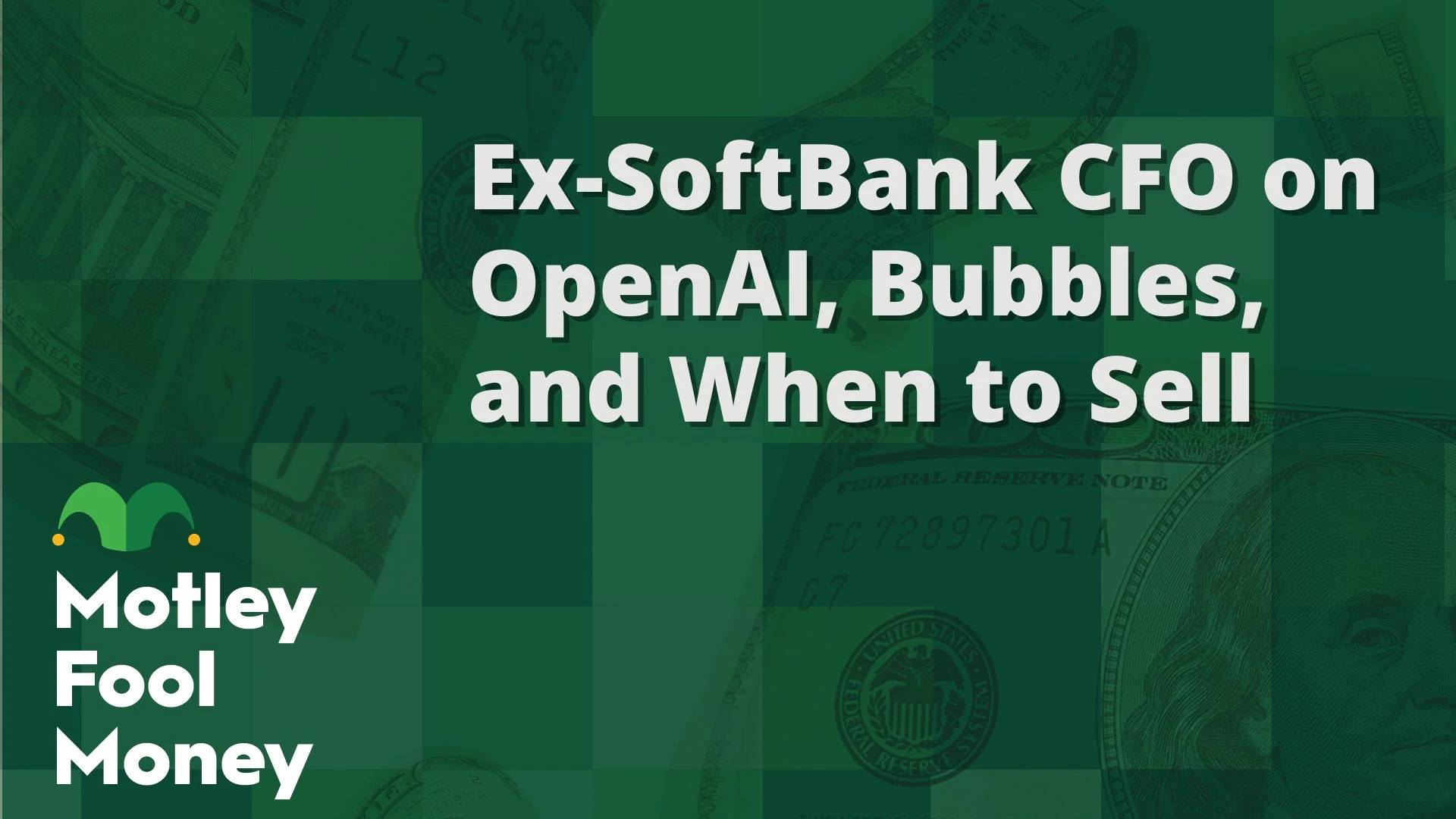For years, Warren Buffett has impressed everyone with his astute stock choices and portfolio that consistently outperforms the market. As the chairman of Berkshire Hathaway, he has achieved a remarkable compounded annual growth rate of over 19% over 58 years, far surpassing the S&P 500’s 10% growth in the same period. Buffett’s strategy focuses on purchasing undervalued quality stocks, anticipating that the market will eventually recognize their worth, and holding them for the long haul to capitalize on their full potential.
This long-term approach has proven successful, with significant gains from major investments like Apple and long-standing favorites such as Coca-Cola and American Express. Today, Berkshire Hathaway’s portfolio boasts a value exceeding $279 billion, a substantial increase from approximately $107 billion just a decade ago.
However, Buffett’s investment strategy isn’t solely reliant on individual stocks. He advocates for a particular type of investment that consistently yields returns over time, which isn’t a single stock. He owns this asset class and advises other investors to incorporate it into their portfolios. Let’s delve deeper to see if historical trends validate Buffett’s recommendation.

Investment in the Top Companies
The investment endorsed by Buffett allows you to benefit from the collective performance of the largest companies driving today’s economy. This refers to an S&P 500 index fund. Buffett includes two such funds in his portfolio: the SPDR S&P 500 ETF Trust (0.52%) and the Vanguard S&P 500 ETF (0.53%).
These funds purchase shares of all S&P 500 companies, weighted to mirror the actual index. Consequently, they track the index’s performance. As the index introduces new members, these funds acquire them to continue reflecting the index accurately. For instance, when Palantir Technologies joins the S&P 500 on September 23, these funds will incorporate the software firm into their holdings, while divesting from any stocks exiting the index.
This dynamic nature ensures that the funds offer ongoing exposure to leading companies. Presently, the dominant sector is information technology, comprising 31% of the index and these funds. Despite this concentration, the investments still provide diversification, spanning 11 sectors, with financials and healthcare also holding significant weightings.
When choosing ETFs, or exchange-traded funds, it’s crucial to select those with an expense ratio below 1%, as higher ratios can erode returns over time. The SPDR and Vanguard S&P ETFs meet this criterion, with expense ratios of 0.09% and 0.03%, respectively.
The Appeal of Index Funds to Buffett
Buffett favors index funds because they grant investors immediate exposure to a broad array of businesses that, collectively, are likely to succeed, as he mentioned in a shareholder letter.
Buffett not only talks the talk but also walks the walk. He currently holds these ETFs and has directed in his will for a trustee to allocate 90% of his cash into an S&P 500 index fund, with the remaining 10% in short-term government bonds.
The billionaire investor asserts that, over time, the S&P 500, as a representation of American business, will prevail. Historical data supports this claim. Let’s examine the S&P 500’s long-term performance.

^SPX data by YCharts
Over the past two decades, the S&P 500 has weathered challenging periods but has consistently rebounded and gained. Even holding an index fund for just five or six years would have yielded benefits, although the most substantial rewards typically come from long-term holdings.
History affirms Buffett’s confidence in S&P 500 funds. While a carefully curated stock selection might outperform the S&P 500 at times, Buffett has demonstrated this. By combining both strategies—investing in promising stocks and index funds—you can position yourself for future growth and stability.
Seize This Second Chance for a Potentially Rewarding Opportunity
Do you ever feel like you missed out on buying the most successful stocks? If so, you might want to pay attention.
Occasionally, our team of expert analysts issues a “Double Down” stock recommendation for companies poised for significant growth. If you’re concerned about having missed your chance to invest, now is the perfect moment to act before it’s too late. The results speak for themselves:
– Nvidia: A $1,000 investment when we doubled down in 2009 would be worth $308,807!*
– Apple: A $1,000 investment when we doubled down in 2008 would be worth $42,091!*
– Netflix: A $1,000 investment when we doubled down in 2004 would be worth $375,918!*
Currently, we’re issuing “Double Down” alerts for three remarkable companies, and similar opportunities may not arise again soon.
Explore 3 “Double Down” stocks ›
*Stock Advisor returns as of 09/15/2024




